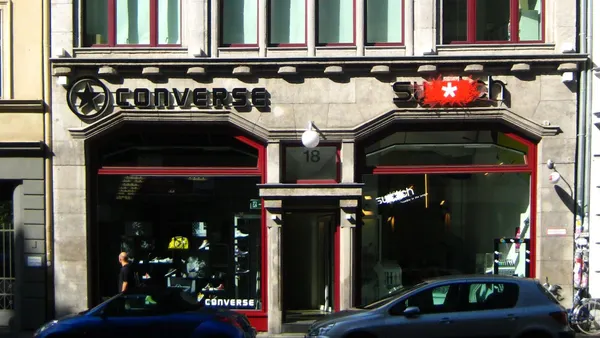To say it’s difficult to stay ahead of consumer sentiment – and consumer shopping behaviors – in today’s dynamic market, would be an understatement.
Just look at the change we’ve seen during the first few months of 2023. Consumer spending increased unexpectedly in January, despite the Fed pushing interest rates higher, only to drop again in February at a rate that outpaced economists’ expectations. And while March saw consumer confidence inch higher, it’s unclear how the banking crisis will impact sentiment, and spending intentions, in April.
This uncertainty poses a significant challenge for consumer goods companies as they attempt to accurately forecast demand in order to meet the needs of their consumers without carrying excess costs. And, after the effects of an inventory bullwhip caught even the biggest brands by surprise in 2022, planners are doing everything in their power to ensure their organizations remain agile, and financially resilient, in the months to come.
In this environment, it’s not surprising to see retailers and consumer goods companies realize the need for rolling demand forecasts and more data-driven demand planning capabilities .
Instead of relying on quarterly or bi-annual forecasting exercises, these organizations are pivoting to evaluate forecasts on a regular cadence, leveraging external signals – like consumer sentiment, inflation rates, currency shifts, and other market data – to build real-time demand forecasts that reflect the current environment, even as that environment continues to shift.
More frequent, detailed, and accurate planning and forecasting
The pivot to a more strategic, real-time demand forecast was a key priority for leaders at Springs Window Fashions, the Wisconsin-based manufacturer of configure-to-order residential and commercial window treatments.
Springs Window Fashions offers products in a vast array of styles, colors, textures, dimensions, and functions, resulting in millions of possible combinations. Although that huge product mix is a delight for customers, it represents a challenge for the company’s supply chain planners, who must ensure that the right materials, products, and labor are always available to meet customer demand.
While a legacy demand planning solution did a good job of forecasting demand for non-promotional products—those comprised less than half of the business – and demand planners were spending hours using offline analytics and manual entry adjustments to translate forecasts into high-level operational plans.
The company realized that significant performance improvement could only come from improving lower-level forecast accuracy and chose Anaplan, with implementation partner Valizant, to deliver a new demand planning solution.
Today, Springs has moved from monthly demand planning to a weekly cycle, and 25% of products are now forecast at a lower level. The forecasts provide manufacturing facilities with a view of future labor, fabrication, and assembly needs; assist with purchasing and inventory management, particularly for critical materials with long lead times; and provide relevant raw material requirements to Springs’ vendors to eliminate production delays.
According to Spring Window Fashions’ CFO, this transformation has enabled demand planners to be more proactive and has given them the capacity to take on analytical projects that support better business performance.
A new approach to inventory, production, and demand planning
Another consumer goods company that flipped the script on demand planning and forecasting is Lodge Cast Iron.
The 125-year-old Tennessee company, which manufactures more than 350 different SKUs of cast-iron cookware, transformed its demand, production, and purchasing processes and implemented a monthly S&OP process using the Anaplan platform.
Now, Lodge’s demand and production planners can run scenarios and almost instantly tell what their foundries have the capacity to produce, and how changes in plans affect other items in production. Lodge has longer manufacturing runs, with fewer changeovers, resulting in greater efficiency and less production downtime. They’ve also decreased how long it takes to fulfill orders.
With this transformation, the company has been able to reduce the chance of human error and ensure that forecasts can be updated easily, accurately, and frequently. Plus, visibility into the forecast has been vastly improved, meaning that demand planning and production planning are aligned, costs are reduced, and efficiency is greater.
Agility in the face of uncertainty
There’s no crystal ball to tell consumer goods companies exactly what is going to happen to consumer sentiment and consumer buying behaviors over the next six to twelve months – but change doesn’t have to derail strategy. In fact, implementing new operational processes – like rolling demand forecasts – can help planners move at the speed of change, so they can remain agile and ready to meet the needs of consumers, and the needs of the business.










